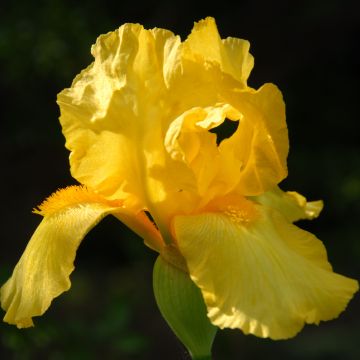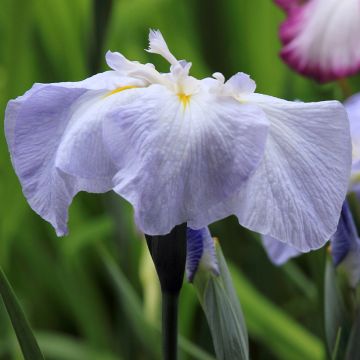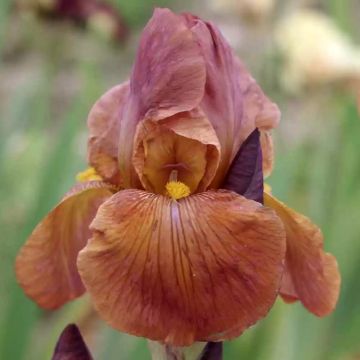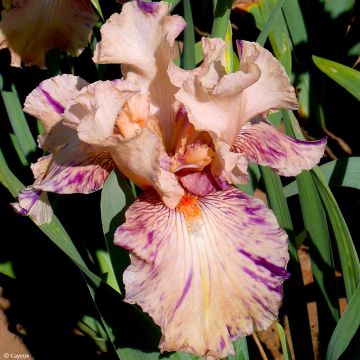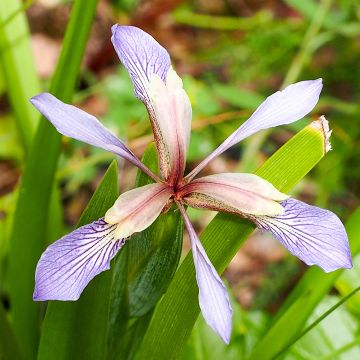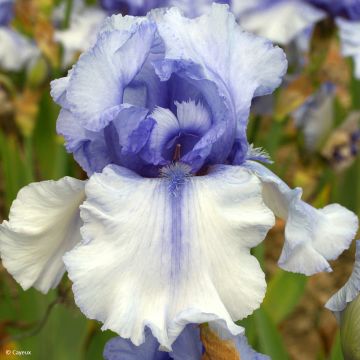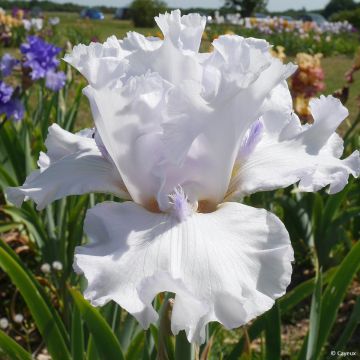

Iris laevigata - Water Iris


Iris laevigata - Water Iris
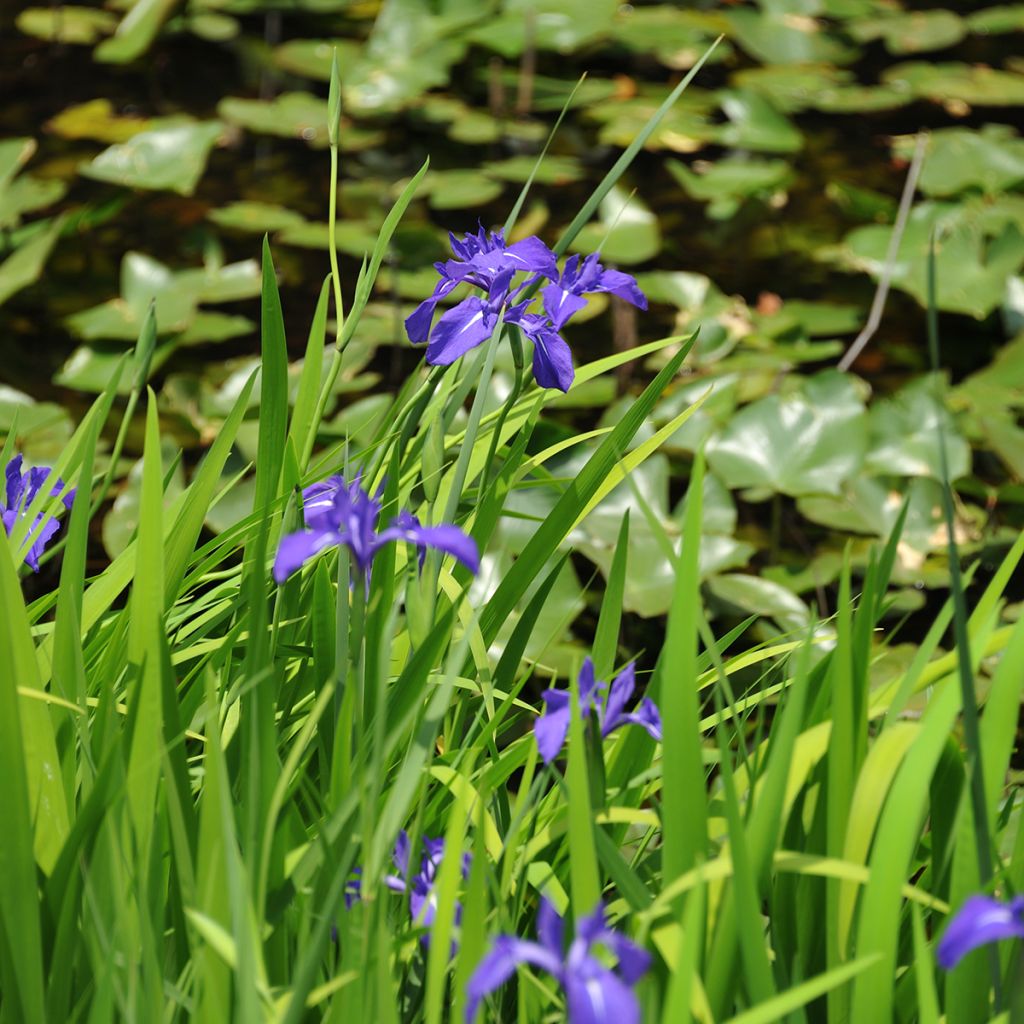

Iris laevigata - Water Iris
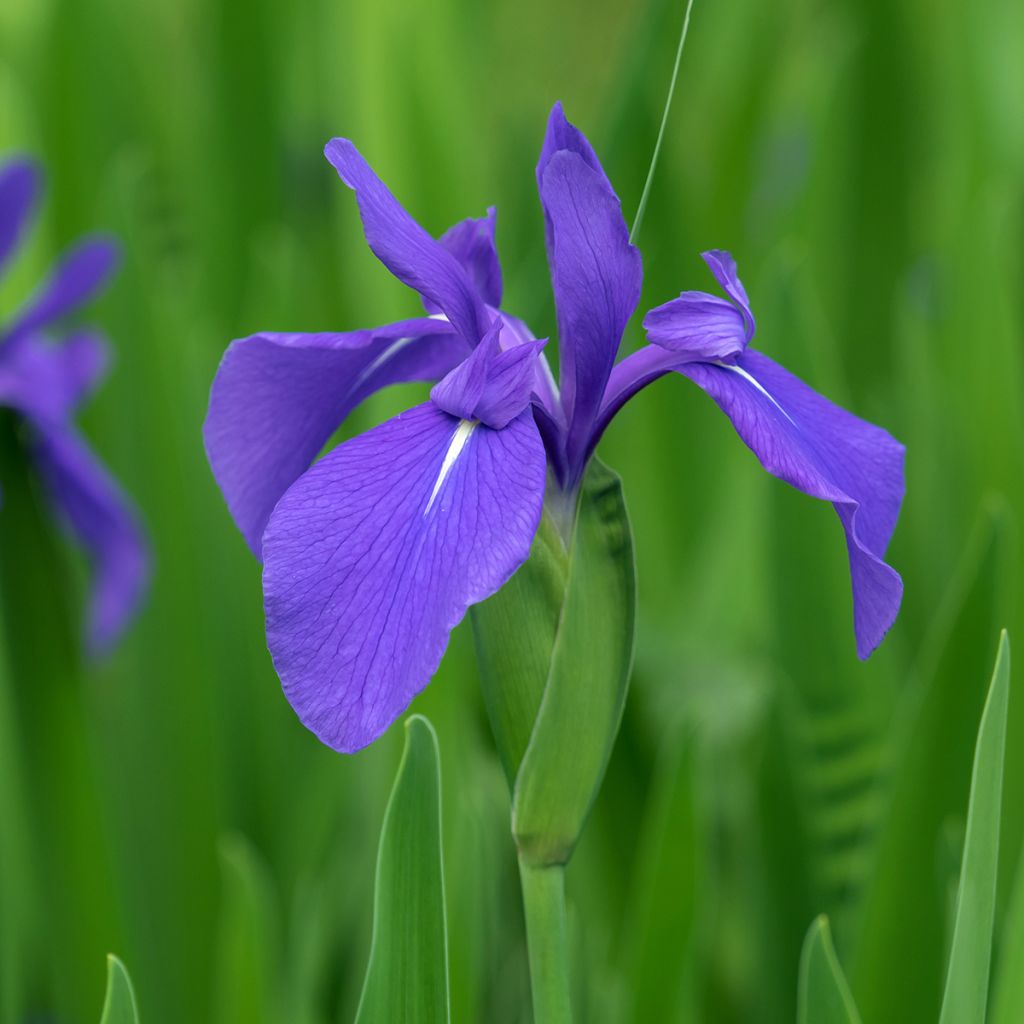

Iris laevigata - Water Iris
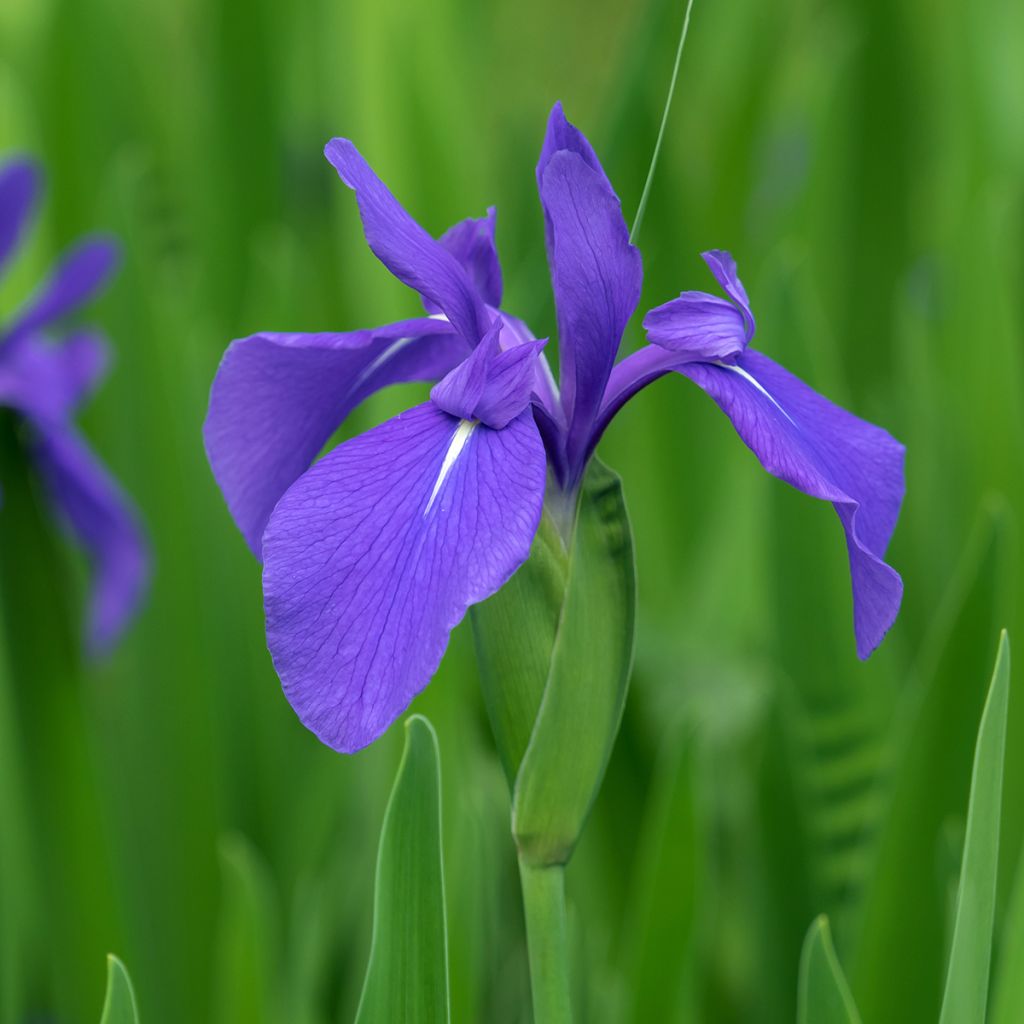

Iris laevigata - Water Iris
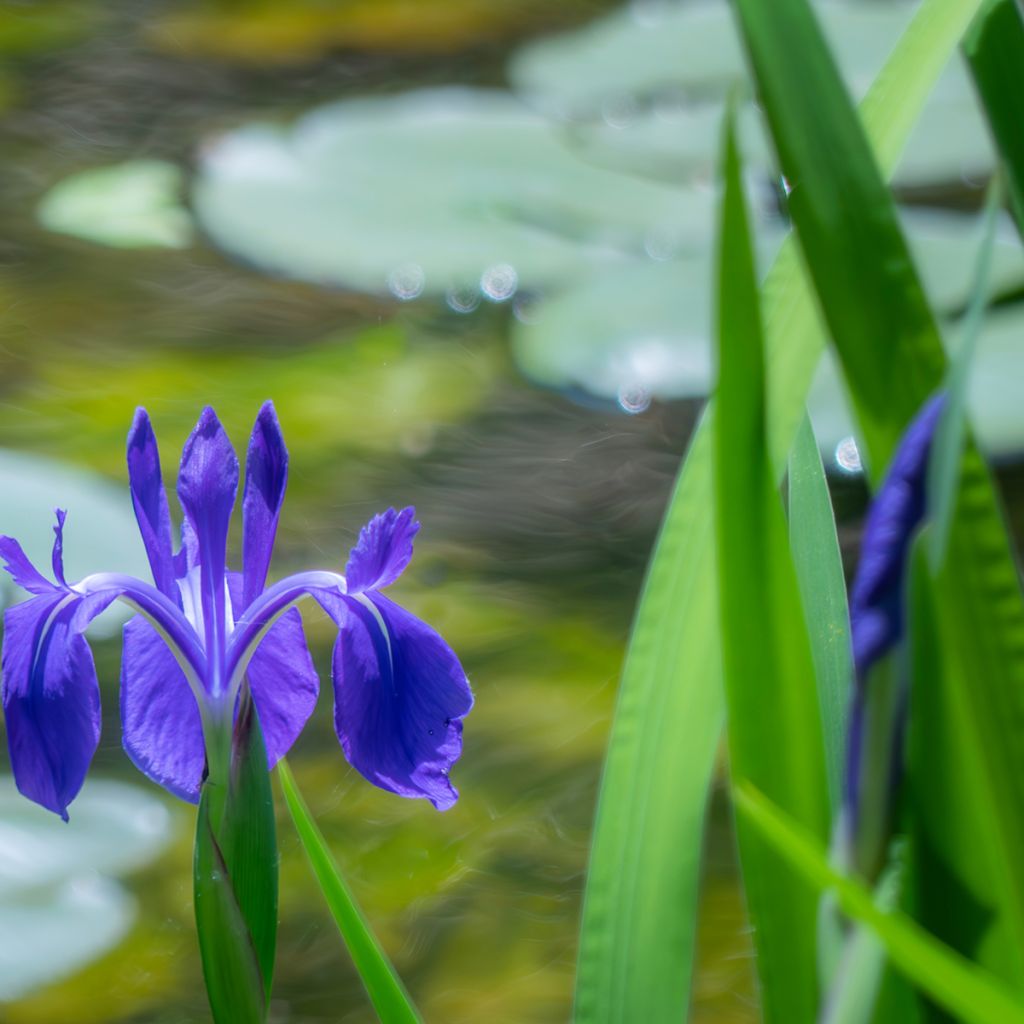

Iris laevigata - Water Iris
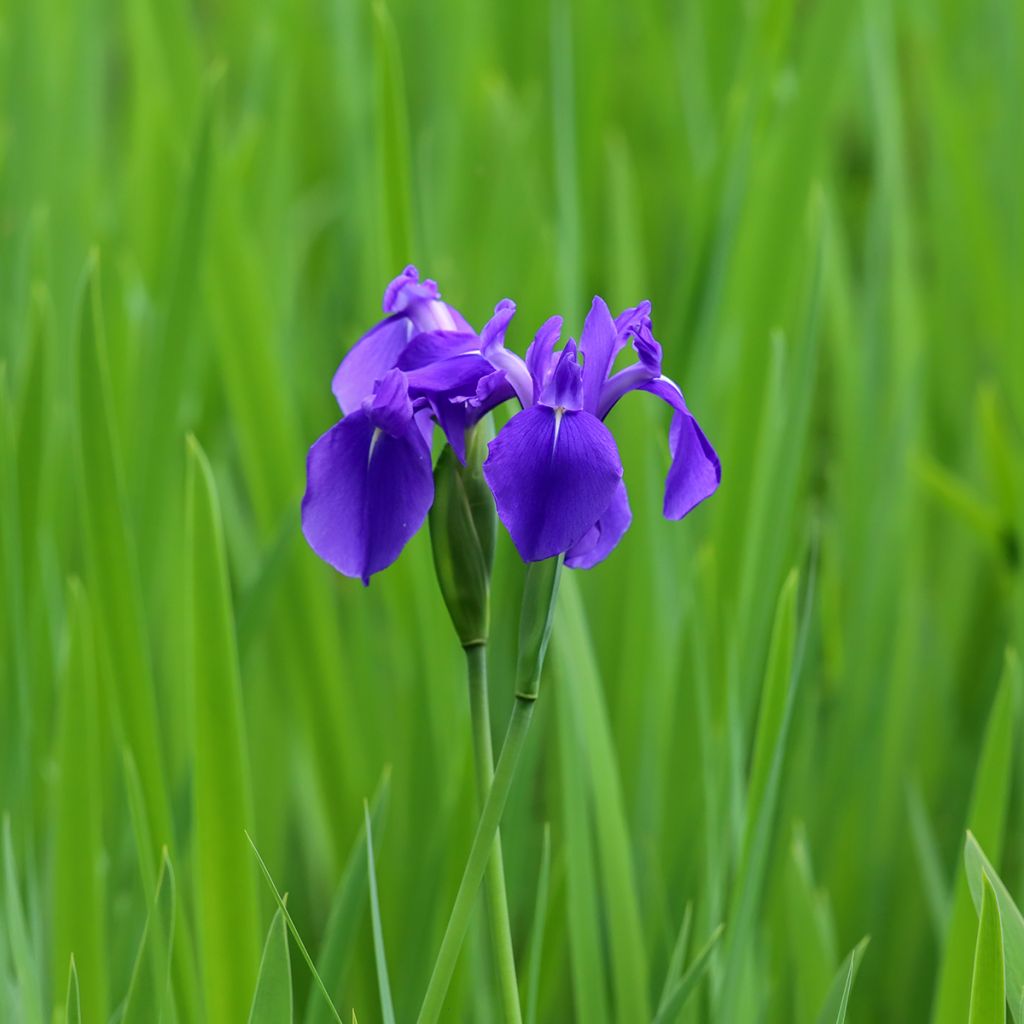

Iris laevigata - Water Iris
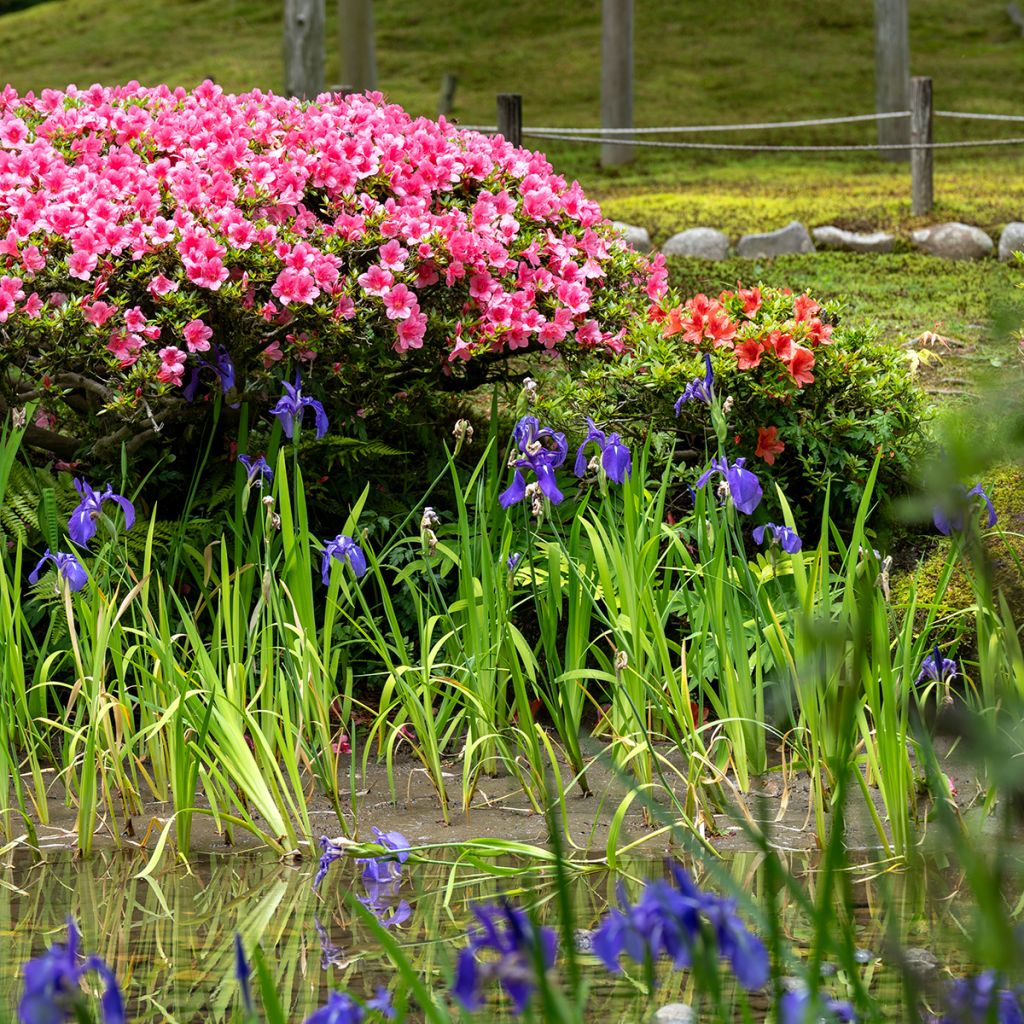

Iris laevigata - Water Iris
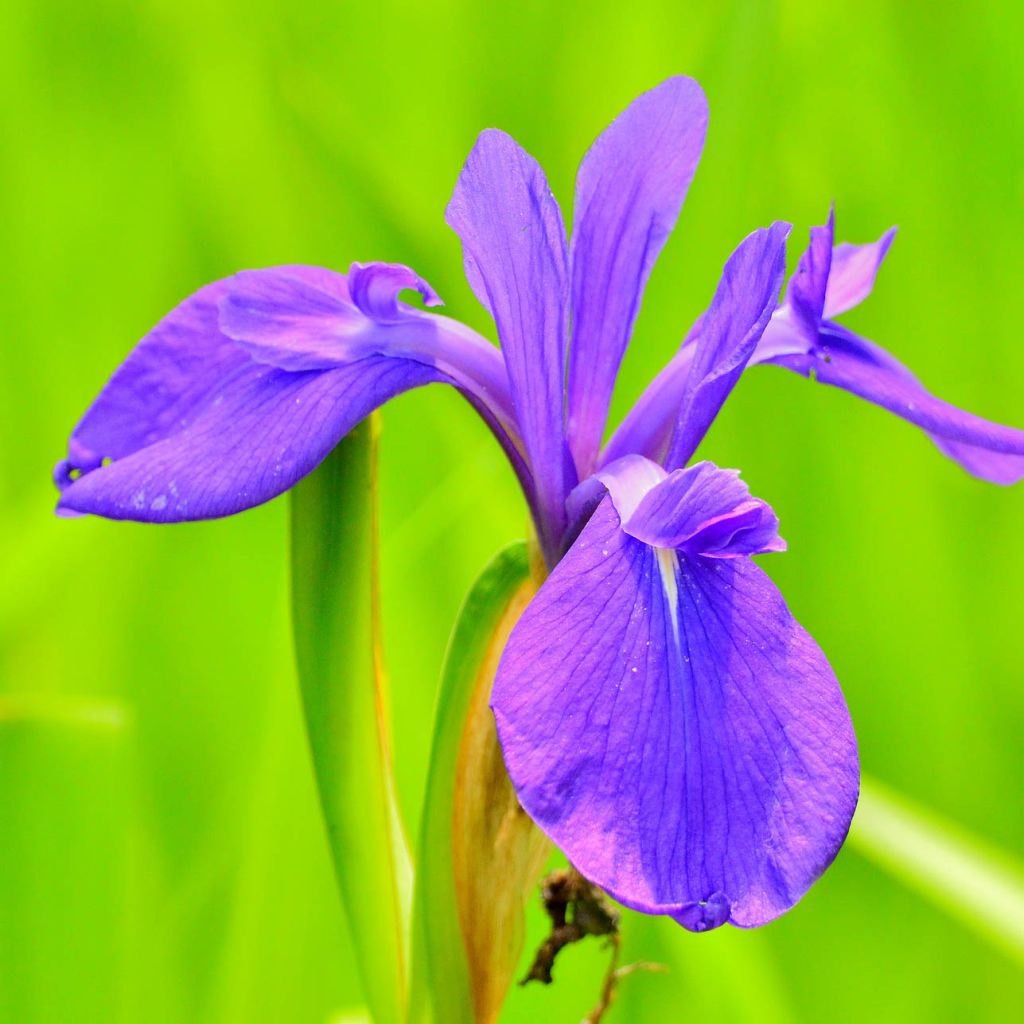

Iris laevigata - Water Iris
Iris laevigata - Water Iris
Iris laevigata
Water Iris, Marsh Iris
Beautiful young plants, good packaging. Very satisfied +++
Cyril, 07/05/2023
Special offer!
Receive a €20 voucher for any order over €90 (excluding delivery costs, credit notes, and plastic-free options)!
1- Add your favorite plants to your cart.
2- Once you have reached €90, confirm your order (you can even choose the delivery date!).
3- As soon as your order is shipped, you will receive an email containing your voucher code, valid for 3 months (90 days).
Your voucher is unique and can only be used once, for any order with a minimum value of €20, excluding delivery costs.
Can be combined with other current offers, non-divisible and non-refundable.
Home or relay delivery (depending on size and destination)
Schedule delivery date,
and select date in basket
This plant carries a 12 months recovery warranty
More information
We guarantee the quality of our plants for a full growing cycle, and will replace at our expense any plant that fails to recover under normal climatic and planting conditions.

Would this plant suit my garden?
Set up your Plantfit profile →
Description
Iris laevigata, also known as Japanese water iris, is a botanical species of marshy areas, which forms beautiful masses of blue-violet flowers in spring in small groups at the top of tall stems. Precious flowers, with erect petals and wider, trailing sepals, bloom above a bright green mass of slightly stiff, large leaves. This very hardy perennial is a beautiful plant for riverbanks, and can also spend the year with its feet in shallow water. Like all wild irises, it requires space to express its full potential.
Iris laevigata is a rhizomatous herbaceous perennial plant belonging to the large family of irises and classified in the section of beardless irises. It is native to Japan like its close relative, Iris ensata, but has slightly smaller and more delicate flowers. It is also easier to grow because it tolerates the immersion of its rhizomes throughout the year. Iris laevigata possesses beauty and grace, which has earned it centuries of cultivation for bouquets in its country of origin, and immortalization in Japanese prints.
The plant forms a dense tuft of linear foliage, with an upright habit from spring, which will reach 50 to 80 cm (20 to 32in) high when in flower and spread without a theoretical limit. It flowers from May-June to July, depending on the climate, with floral stems above the foliage, each carrying 2 to 4 flowers 8 cm (3in) wide at their tip. Each flower is composed of 3 narrow, vertical blue-violet to lavender petals, above 3 larger sepals of the same tone, with a yellow crest in the middle, extended by a small white mark. The long, deciduous leaves are a beautiful bright green without prominent veins.
This iris will thrive in the sun, in heavy, clayey soil, without limestone. It can be planted in large masses on the banks of a pond, in flooded soil, or in large perforated pots submerged under water. It pairs well with aquatic plants with yellow flowers like Caltha palustris 'Multiplex', Equisetum, and other irises like 'Dark Aura' with purple foliage. Veronica beccabunga, a small trailing plant that quickly covers the banks, will decorate the edges of the pond with its pretty little blue flowers.
Report an error about the product description
Iris laevigata - Water Iris in pictures
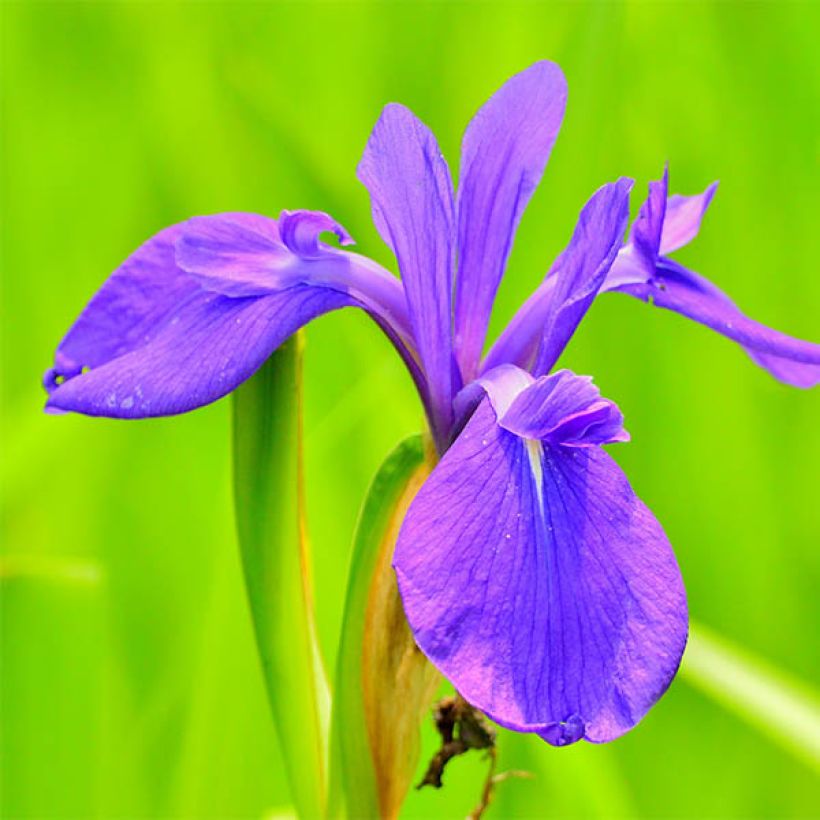

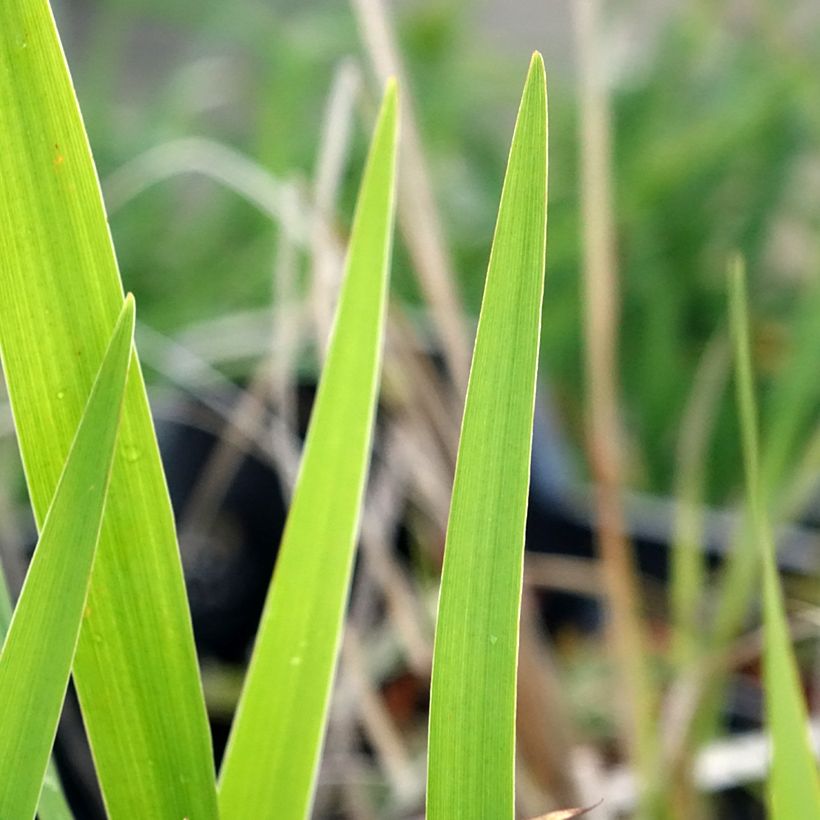



Flowering
Foliage
Plant habit
Botanical data
Iris
laevigata
Iridaceae
Water Iris, Marsh Iris
Southeast Asia
Other Iris A to Z
View all →Planting and care
Iris laevigata is hardier than Iris ensata and can have its feet in the water, even in winter. It should be planted in the sun (or partial shade), where it will be more floriferous, and in non-limestone soil. It grows very well in clayey or swampy and submerged soils. A humiferous and moist or peaty soil will also be suitable. Remove faded flowers if you do not want the plant to self-seed in the water and settle elsewhere.
Planting period
Intended location
Care
-
, onOrder confirmed
Reply from on Promesse de fleurs
Haven't found what you were looking for?
Hardiness is the lowest winter temperature a plant can endure without suffering serious damage or even dying. However, hardiness is affected by location (a sheltered area, such as a patio), protection (winter cover) and soil type (hardiness is improved by well-drained soil).

Photo Sharing Terms & Conditions
In order to encourage gardeners to interact and share their experiences, Promesse de fleurs offers various media enabling content to be uploaded onto its Site - in particular via the ‘Photo sharing’ module.
The User agrees to refrain from:
- Posting any content that is illegal, prejudicial, insulting, racist, inciteful to hatred, revisionist, contrary to public decency, that infringes on privacy or on the privacy rights of third parties, in particular the publicity rights of persons and goods, intellectual property rights, or the right to privacy.
- Submitting content on behalf of a third party;
- Impersonate the identity of a third party and/or publish any personal information about a third party;
In general, the User undertakes to refrain from any unethical behaviour.
All Content (in particular text, comments, files, images, photos, videos, creative works, etc.), which may be subject to property or intellectual property rights, image or other private rights, shall remain the property of the User, subject to the limited rights granted by the terms of the licence granted by Promesse de fleurs as stated below. Users are at liberty to publish or not to publish such Content on the Site, notably via the ‘Photo Sharing’ facility, and accept that this Content shall be made public and freely accessible, notably on the Internet.
Users further acknowledge, undertake to have ,and guarantee that they hold all necessary rights and permissions to publish such material on the Site, in particular with regard to the legislation in force pertaining to any privacy, property, intellectual property, image, or contractual rights, or rights of any other nature. By publishing such Content on the Site, Users acknowledge accepting full liability as publishers of the Content within the meaning of the law, and grant Promesse de fleurs, free of charge, an inclusive, worldwide licence for the said Content for the entire duration of its publication, including all reproduction, representation, up/downloading, displaying, performing, transmission, and storage rights.
Users also grant permission for their name to be linked to the Content and accept that this link may not always be made available.
By engaging in posting material, Users consent to their Content becoming automatically accessible on the Internet, in particular on other sites and/or blogs and/or web pages of the Promesse de fleurs site, including in particular social pages and the Promesse de fleurs catalogue.
Users may secure the removal of entrusted content free of charge by issuing a simple request via our contact form.
The flowering period indicated on our website applies to countries and regions located in USDA zone 8 (France, the United Kingdom, Ireland, the Netherlands, etc.)
It will vary according to where you live:
- In zones 9 to 10 (Italy, Spain, Greece, etc.), flowering will occur about 2 to 4 weeks earlier.
- In zones 6 to 7 (Germany, Poland, Slovenia, and lower mountainous regions), flowering will be delayed by 2 to 3 weeks.
- In zone 5 (Central Europe, Scandinavia), blooming will be delayed by 3 to 5 weeks.
In temperate climates, pruning of spring-flowering shrubs (forsythia, spireas, etc.) should be done just after flowering.
Pruning of summer-flowering shrubs (Indian Lilac, Perovskia, etc.) can be done in winter or spring.
In cold regions as well as with frost-sensitive plants, avoid pruning too early when severe frosts may still occur.
The planting period indicated on our website applies to countries and regions located in USDA zone 8 (France, United Kingdom, Ireland, Netherlands).
It will vary according to where you live:
- In Mediterranean zones (Marseille, Madrid, Milan, etc.), autumn and winter are the best planting periods.
- In continental zones (Strasbourg, Munich, Vienna, etc.), delay planting by 2 to 3 weeks in spring and bring it forward by 2 to 4 weeks in autumn.
- In mountainous regions (the Alps, Pyrenees, Carpathians, etc.), it is best to plant in late spring (May-June) or late summer (August-September).
The harvesting period indicated on our website applies to countries and regions in USDA zone 8 (France, England, Ireland, the Netherlands).
In colder areas (Scandinavia, Poland, Austria...) fruit and vegetable harvests are likely to be delayed by 3-4 weeks.
In warmer areas (Italy, Spain, Greece, etc.), harvesting will probably take place earlier, depending on weather conditions.
The sowing periods indicated on our website apply to countries and regions within USDA Zone 8 (France, UK, Ireland, Netherlands).
In colder areas (Scandinavia, Poland, Austria...), delay any outdoor sowing by 3-4 weeks, or sow under glass.
In warmer climes (Italy, Spain, Greece, etc.), bring outdoor sowing forward by a few weeks.






























